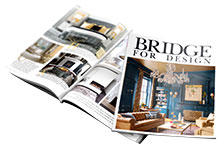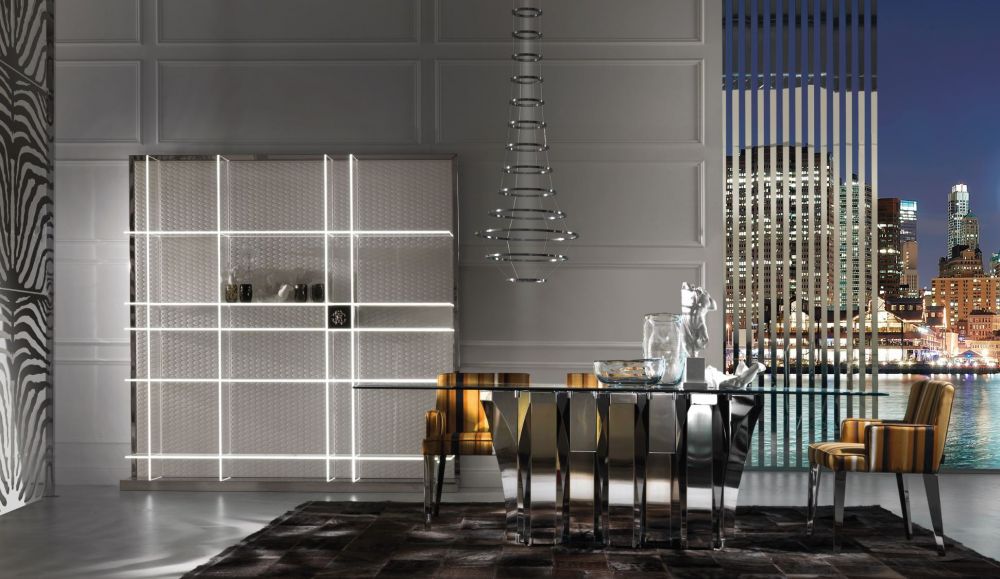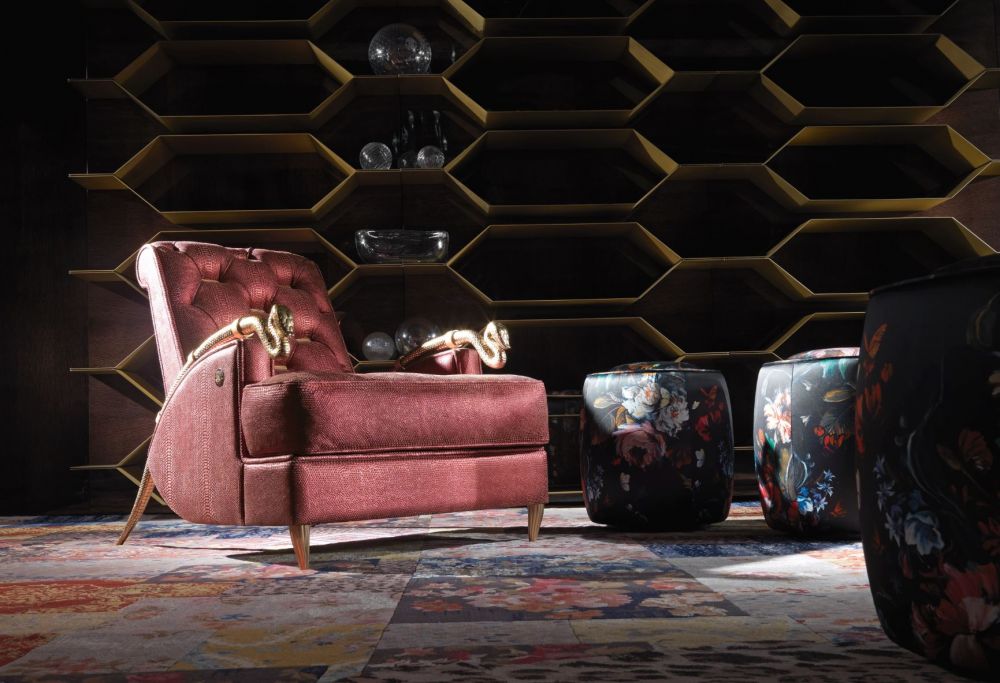There was once a time when fashion and interiors lived separate lives – the strutting peacock or bird of paradise happy to be admired in the public arena but perhaps lacking the same conscious excess in their domicile. Certainly the trappings of wealth, success and taste could be displayed at the palace, country house or chic pied a terre, but for the average European, the home would be a different world to the street. Reserved for friends and family, the interior was often functional, understated and above all, private.
Surrounded by the trappings of everyday life, furniture’s function was to be robust, reliable and to offer longevity. The comings and goings of the vagaries of fashion did not extend to the shape of chair backs or the slenderness of legs, or at least not in these houses. The evolution of furniture has had more to do with the functional role it has played in the changing needs of the owner than reflecting the style of their dress. Of course furniture makers and designers over time have become fashionable in their own right – Chippendale and Sheraton in England, Molitor and Boulle in France to name just a few. But there is a difference here – these designers and makers were fashionable rather than fashion as we now know it. There was odd occasion that a designer of architecture or furniture would dabble across the arts – for instance Inigo Jones designing costumes for theatrical masques or AWN Pugin designing vestments for the church, but predominantly the worlds were separate – and also in the 18th and 19th centuries though a serious subject, fashion was perhaps not accorded the personalities and characters of the more serious arts.
It would be hard to be precise with a date at which fashion, art and furniture began to intertwine, but Whistler’s Peacock Room created at the height of the Aesthetic Movement around 1876 for Frederick Leyland could be said to bridge this gap. Whistler’s conception of an interior as a reflection of thelifestyle of the individual and all of their facets, began to understand that the home is also a complete expression of the inhabitant.
Fast forward to the beginning of the 20th century and after the rise of the fashion designer as genuine artist (Paul Poiret, Mario Fortuny), fashion becomes disseminated through visionaries like Chanel and Dior - time progresses, and the access to high fashion becomes more attainable.
Boundaries become increasingly blurred as fashion becomes not just clothes, but accessories, fragrances, and latterly the fashion houses move into interiors. Pioneers in the field really got to grips with the market as late as the 1990s but since that time it has been a growing market.
Luxe brands lead the field especially as the predominant aesthetic isan international contemporary feel which means that the style can be transported to any global interior and still look relevant. Many high street brands have also followed suit, understanding the attraction that a complete immersive lifestyle in a brand can offer the customer.
More recently fashion furniture has taken its lead from the avant-garde, affiliating itself often more closely to the design than the fashion community. The best fashion furniture never completely forgets its origins or why it is there – the core of the appeal stems from the values that the fashion label upholds in the first place. The market for this furniture is increasingly clued up with design trends but also expects the finest quality, as befits a luxury brand. More so, there is a demand for bespoke pieces or couture furniture made with the same care and attention to detail that a fine piece of apparel might display. Increased competition to find something just that little bit different means that such manufacturers now have to be at the top of their game and that the application of a brand name alone isn’t always enough to win over the astute homeowner of 2016.






